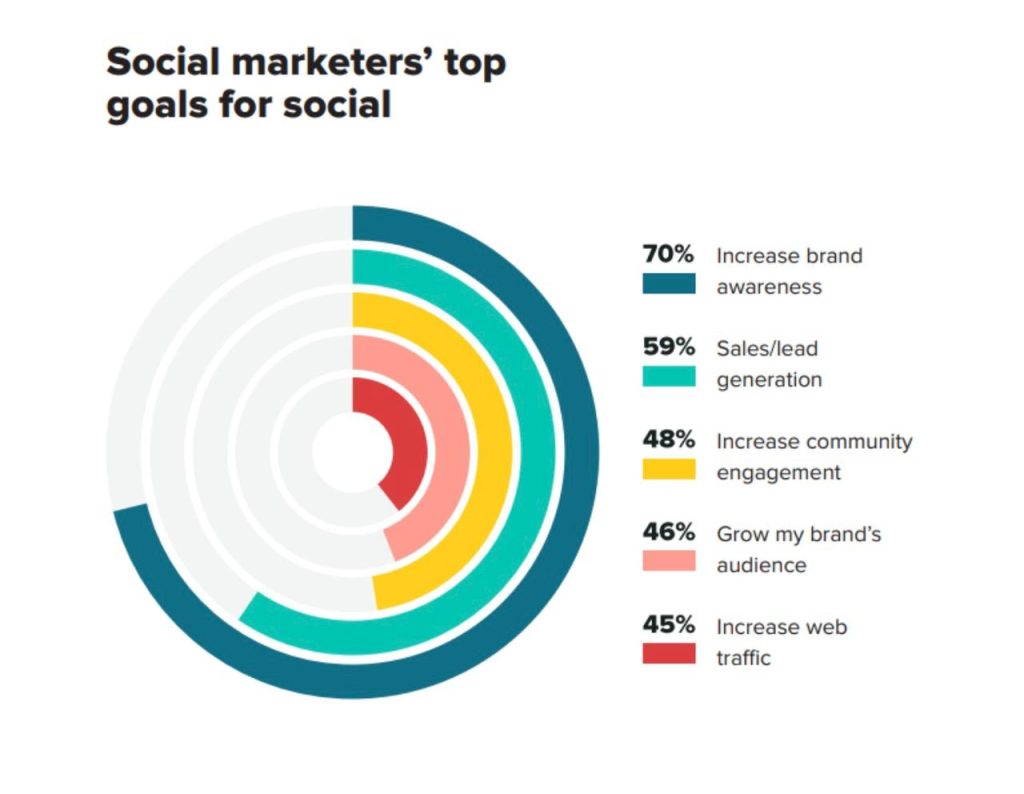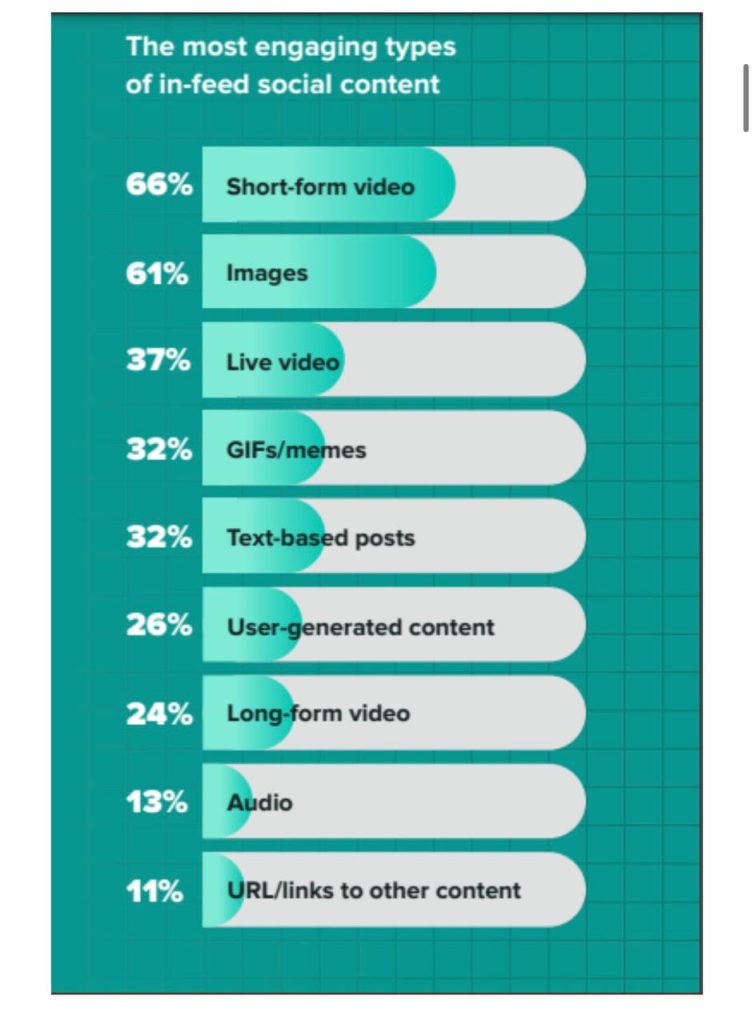
How to Develop an Effective Social Media Content Strategy
Success in social media doesn’t come from a one-size-fits-all strategy. Tailoring your approach based on your industry, audience, and evolving performance is essential. However, there are specific steps to construct a long-term plan that propels both your brand and business forward.
This article, in its first part, aims to guide you through crafting a social media content strategy. Here’s a breakdown:
1. Defining Goals
The initial step toward a lasting social media strategy involves setting content goals. Establishing these objectives helps shape the type of content to be created. To do this effectively, delve into your brand values and thoroughly research your audience.
Begin by aligning your marketing goals with your social media content strategy. The more precise your marketing objectives, the better you can align your social media content to achieve them. For instance, if the primary goal is to drive sales from social media, your strategy should encompass posts that guide people to a landing page or other areas of your social media marketing funnel—like integrating a link CTA into your content.

2. Audience Research
Effective social content requires a deep understanding of your target audience. Constructing buyer personas for social media—a representation of your ideal customers—provides valuable guidance for your content plan. Start by leveraging data to uncover basic demographics like age and location. Dive deeper into insights about how your ideal customers discuss your brand, industry, and products. This will offer a clearer picture of their preferences and the type of content they’d engage with.
3. Competitor Analysis
Evaluating your social media competitors extends beyond your own data. Conducting a competitive analysis sparks ideas for your content and sets benchmarks and goals for your strategy. Employing the right tool simplifies the process of gathering insights (such as average engagements, growth rate, and top content) from competitors, enabling data-driven goals and strategies to craft better content.

4. Content Audit
Once your audience and goals are clear, perform a content audit of your past social media content. This audit provides empirical data on how each post performed. Analyze which posts resonated well, which ones didn’t, and what you posted on each platform. Your audit should align with your content goals. For instance, if you aim to enhance brand awareness, focus on metrics like follower count, impressions, or reach, and identify posts that attracted new followers.
5. Content Types
Embrace creativity fueled by data. Leverage various content formats that align with your social buyer personas and consumer behavior. While short-form videos are popular, consider your buyer personas and the formats they prefer. Experiment with diverse content types—such as highlighting products, showcasing services, sharing testimonials, or presenting demos—that resonate well with your audience. According to the Sprout Social Index™ 2022, consumers prefer brands that emphasize their products, services, or personality, or post demos and customer testimonials.